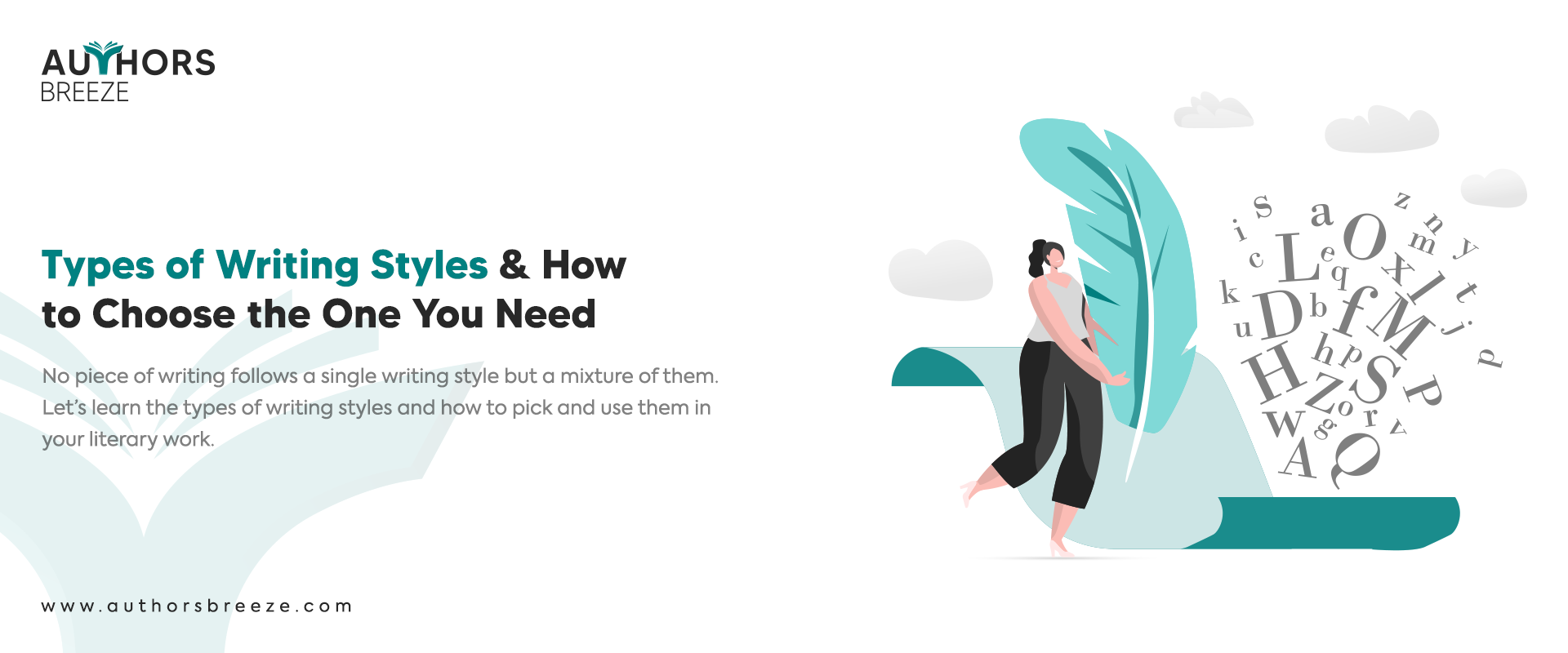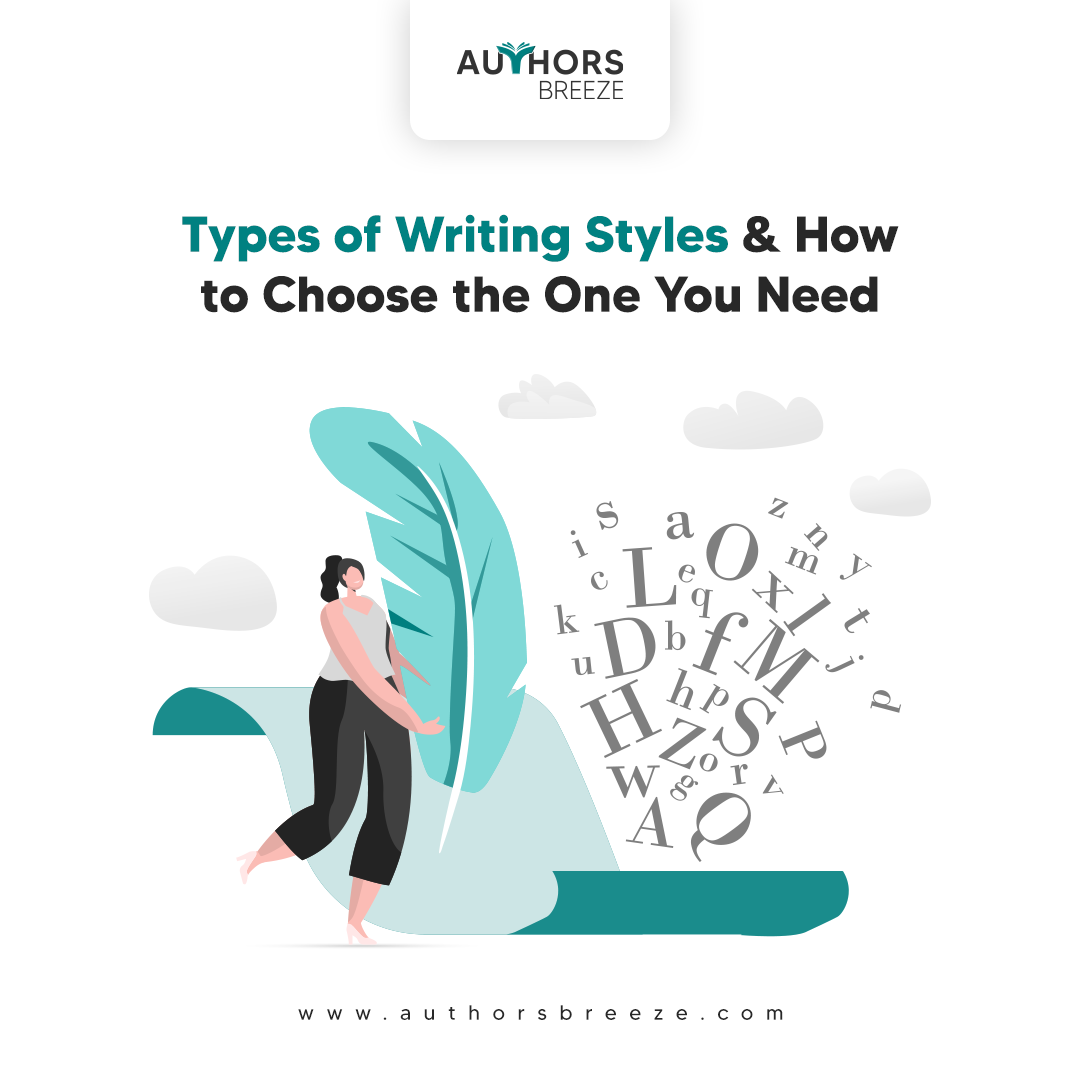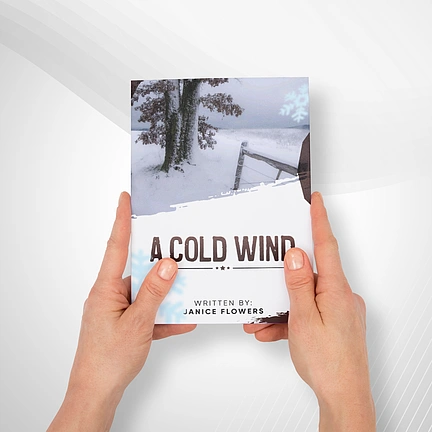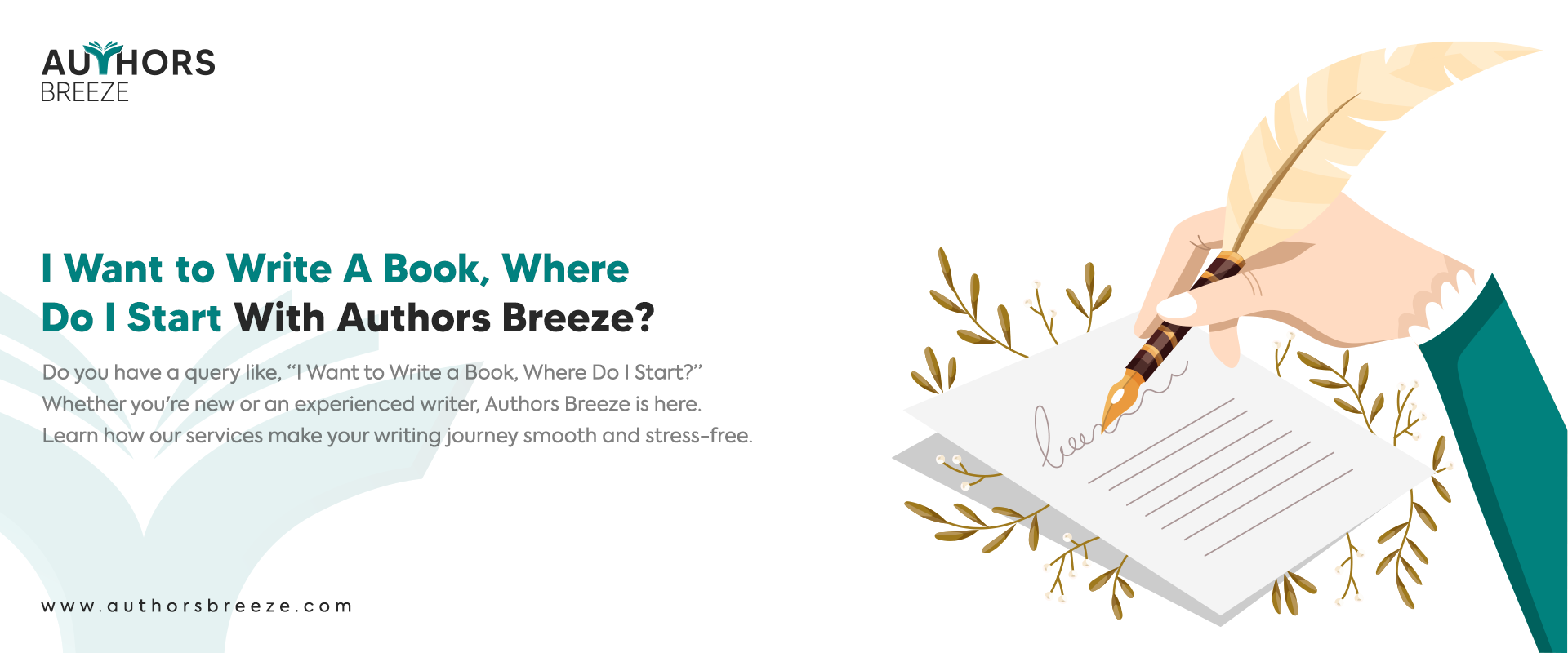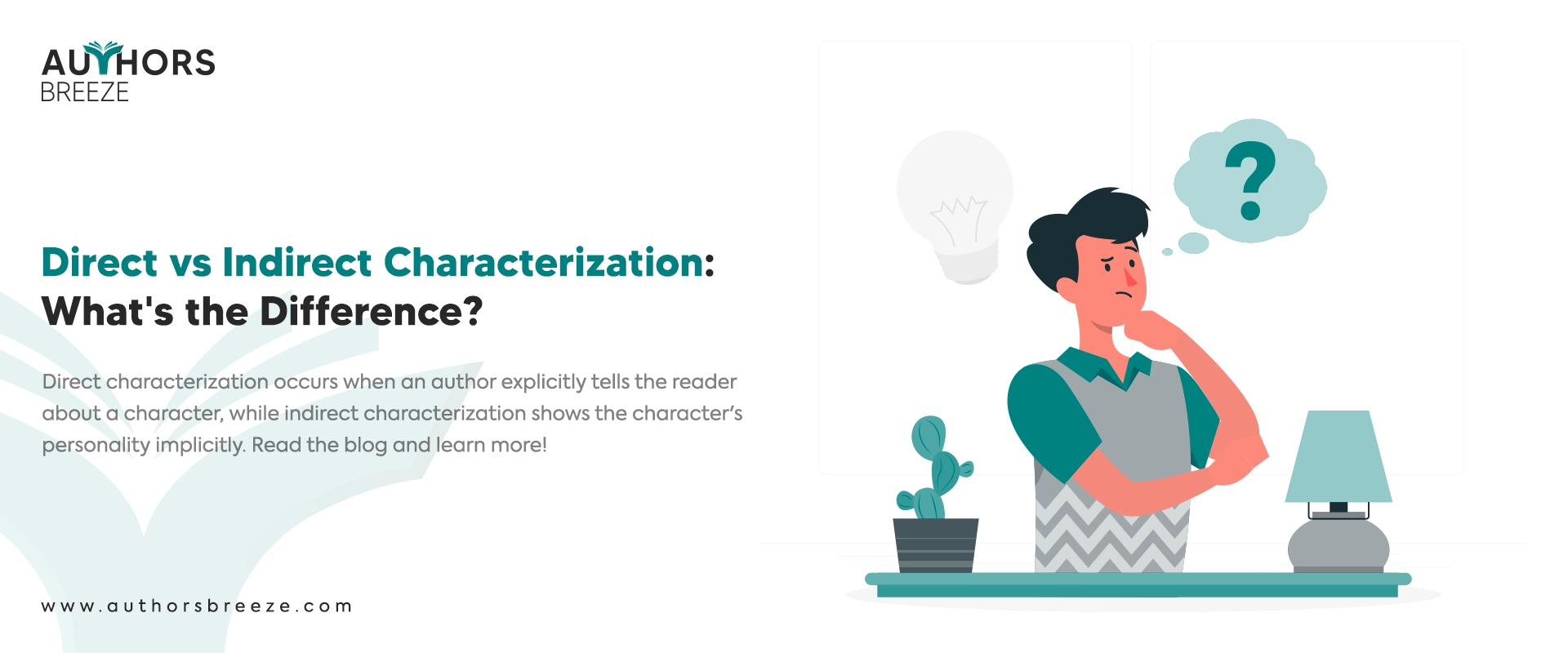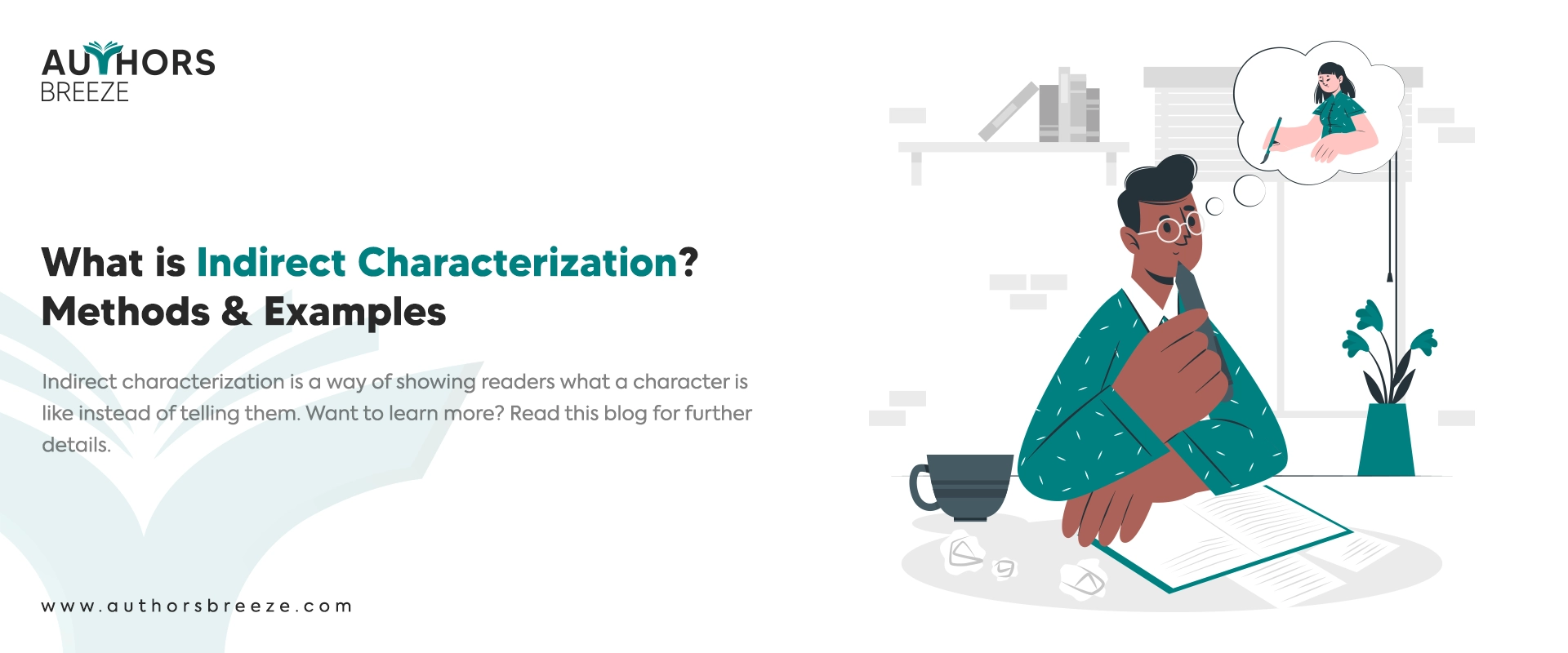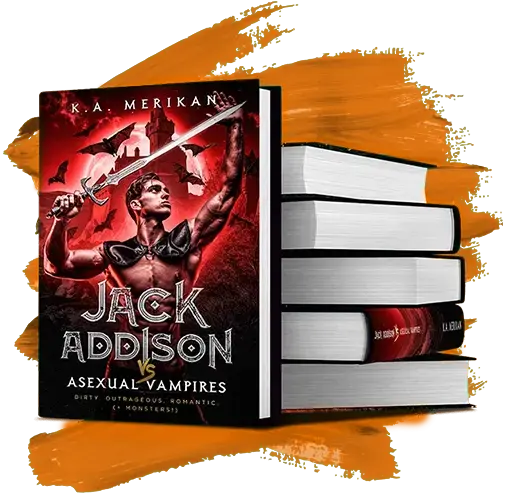Don’t Have Time To Read? Listen To Types Of Writing Styles Instead!
Key Takeaways: Types of Writing Styles & How to Choose the One You Need
- There are four main types of writing styles: narrative, descriptive, expository, and persuasive.
- Other kinds include creative, technical, academic, journalistic, business, and poetic.
- Each of the writing styles has a specific purpose to fulfill.
- Choosing the right writing style depends on determining your audience.
- Every writing style uses a particular technique to convey the idea effectively.
Right Writing Style, Perfect Book
Struggling to choose the writing style for your book? Leave it to our ghostwriters to craft a book that feels authentically yours!
Introduction
Writing has always been an essential means of communication between people. Though, it was way simpler in old times. However, writing has gained more depth and complexity in recent times. From simple letters and books to more complicated research thesis, business reports, essays, etc., writing has been evolving.
Still, in all these years, one specific thing hasn’t changed.
What?
The types of writing styles! And to add to your knowledge, there are not only four but many. Surprising, no? However, knowing only about the kinds of writing styles is not enough. Understanding how to select the right one for your project is also necessary.
In this blog, you will learn in-depth the popular ten types of writing styles and how to select the correct type according to your project requirements.
Also Read: “What is Content Writing and Why it Matters? – A Guide”
10 Different Types Of Writing Styles
Let’s explore the different types of writing styles with examples
1. Descriptive Writing
What is it?
Descriptive writing paints a vivid picture in the reader’s mind by using sensory details (sight, sound, smell, touch, and taste). It helps create strong imagery and emotions.
Use Cases:
- Fiction and novels: Authors use it to create settings, characters, and emotions.
- Travel blogs: Writers describe places to make readers feel as if they are there.
- Product descriptions: E-commerce sites use this style to make products sound appealing.
- Poetry: Vivid imagery enhances the emotional impact of poems.
For Example:
“The morning sun bathed the golden beach in a warm glow while waves whispered secrets to the shore. The salty breeze carried the scent of adventure.”
2. Narrative Writing
What is it?
Narrative writing tells a story with a beginning, middle, and end. It includes characters, conflict, and resolution, making the reader feel engaged in the journey.
Use Cases:
- Fiction (novels, short stories): Most novels follow a narrative structure.
- Memoirs and autobiographies: Personal life stories use this style.
- Screenplays and scripts: Movies and TV shows rely on storytelling.
- Children’s books: Engaging stories teach lessons to young readers.
For Instance:
“Tom’s hands trembled as he reached for the old, dusty diary. He turned the pages, realizing that every secret of his past was waiting inside.”
3. Expository Writing
What is it?
Expository writing is used to explain, inform, or teach something clearly and logically. It is factual and does not include opinions.
Use Cases:
- Textbooks and educational materials: Science, history, and math books use this style.
- How-to guides and instructional manuals: Step-by-step tutorials.
- News articles (non-opinion): Reporting facts without bias.
- Business reports: Data analysis, financial reports, and company policies.
For Example:
“The heart pumps blood through the body using arteries and veins. This circulatory system ensures oxygen reaches all cells, keeping the body functioning properly.”
4. Persuasive Writing
What is it?
Persuasive writing influences the reader to adopt a particular belief, idea, or action by using logic, evidence, and emotional appeal.
Use Cases:
- Advertising and marketing: Convincing customers to buy products.
- Opinion pieces (editorials): Writers express viewpoints on social or political issues.
- Speeches: Politicians and public speakers use persuasive techniques.
- Sales letters and emails: Used to convert potential buyers.
For Instance:
“Drinking green tea daily can boost metabolism and reduce stress. With its antioxidants, it’s the perfect drink for a healthier lifestyle—try it today!”
5. Creative Writing
What is it?
Creative writing breaks traditional rules to express emotions, ideas, and imagination. It includes literary devices like metaphors, symbolism, and storytelling.
Use Cases:
- Fiction stories and novels: Expanding imaginative storytelling.
- Blogs and personal essays: Writers express thoughts uniquely.
- Poetry and song lyrics: Evoking emotions through wordplay.
- Screenplays: Movies and TV shows rely on creativity.
For Example:
“The stars blinked mischievously, as if sharing a cosmic joke only the moon could understand.”
Transform your descriptive writing into a masterpiece
Our certified proofreaders are here to refine your style and ensure every detail fascinates your readers.
6. Technical Writing
What is it?
Technical writing is used to explain complex information in a clear, precise, and structured way. It avoids emotions and focuses on clarity.
Use Cases:
- Instruction manuals: Guides for operating devices.
- Software documentation: IT-related explanations for programs.
- Medical and engineering reports: Used in specialized industries.
- Scientific papers: Research papers with factual explanations.
For Instance:
“To reset your router, unplug the power cord, wait 30 seconds, then plug it back in. Ensure the internet light is blinking before reconnecting your devices.”
7. Academic Writing
What is it?
Academic writing follows a formal structure with citations, research, and logical arguments. It avoids personal opinions and focuses on evidence.
Use Cases:
- Research papers and essays: Used in schools and universities.
- Theses and dissertations: Advanced academic research.
- Scientific journals: Professional articles in medicine, psychology, and physics.
- Textbooks: Structured educational content.
For Example:
“Studies indicate a direct correlation between sleep deprivation and decreased cognitive performance, as demonstrated by XYZ (2023) in a controlled experiment.”
Also Read: “Creative Writing Prompts for Writers: 80 Ideas Will Inspire You”
8. Journalistic Writing
What is it?
Journalistic writing presents news and factual information in a concise, objective, and engaging manner.
Use Cases:
- News articles: Reporting events, crime, politics, and entertainment.
- Magazine features: In-depth profiles and human-interest stories.
- Press releases: Official statements for businesses and organizations.
- Investigative journalism: Research-based fact-checking.
For Example:
“A powerful earthquake struck California today, causing widespread damage. Authorities report no casualties, but emergency services remain on high alert.”
9. Business Writing
What is it?
Business writing is formal and structured, and it is used for professional communication within companies and industries.
Use Cases:
- Emails and memos: Professional internal communication.
- Reports and proposals: Business plans and project summaries.
- Marketing and sales copy: Convincing customers to engage with products.
- Legal documents: Contracts, agreements, and policies.
For Instance:
“Dear Ms. Brown, I hope this email finds you well. Please find attached the quarterly report outlining our company’s performance and strategic goals.”
10. Poetic Writing
What is it?
Poetic writing uses rhythm, rhyme, and figurative language to create emotions and evoke imagery.
Use Cases:
- Poetry collections: Literary and artistic poetry.
- Song lyrics: Expressing emotions through music.
- Greeting cards: Short, meaningful messages.
- Instagram captions: Creative posts with poetic elements.
For Example:
“The waves crash, a whispered song,
Telling tales of lost and gone.”
Also Read: “Content Writing Tips for Success – How to Write Content?”
How to Choose the Writing Style You Need?
Each writing style serves a specific function. Whether you want to inform, persuade, narrate, or describe. Here are some essential tips to help you choose the best writing style according to your project requirements:
Determine Your Purpose
Are you writing something to inform? Or persuade? Or are you going to narrate or describe a story through your writing? Defining your purpose of writing is essential. This approach will help you align your content with your needs. Moreover, this will also help you achieve your goals effectively.
Know Your Audience
Understand which type of audience you should target. If you want to target a wide range of general audiences, use expository or narrative writing. In contrast, if you target a specific audience, such as experts or professionals, then use descriptive and persuasive writing.
Match the Content-Type
Your chosen writing style must match your content type. For example, if you are writing business or academic content, choose expository writing. Meanwhile, if you are writing for book marketing campaigns or book advertisements, then choose persuasive writing.
Consider the Tone and Voice
Considering the tone and voice of your writing is another important step. For instance, use a formal tone to write business or academic content. For personal stories and articles, use a conversational/informal tone. Meanwhile, to evoke emotions through your writing, choose a reflective tone.
Evaluate the Desired Impact
To get the right impact on your content, your selected style must align with your goals. Use expository writing to inform with clear facts, persuasive writing to influence opinions or actions, narrative writing to tell a story, and descriptive writing to create visual images.
Also Read: “What are the Best Content Writing Tools in 2025?”
Conclusion
Choosing the correct type of writing style is crucial for clear and effective communication. It helps readers understand and connect with your content. By learning and using the 10 main types of writing styles, you can make your writing according to your set goals.
Match the style accordingly if you want to inform, persuade, entertain, or describe. It helps make your writing powerful and engaging. However, if you still find it difficult, you can hire professional ghostwriters from Authors Breeze. They offer a range of book writing services that meet your project needs and style.
Frequently Asked Questions
Can I Use More Than One Writing Style in My Writing?
Yes, you can use more than one type of writing style to make your content enjoyable.
Is Choosing the Appropriate Writing Style Essential?
Yes, it is vital to choose the appropriate writing style because it helps to determine how well you can communicate with your targeted audience.
What is the difference between Writing Styles and Writing Genres?
Writing styles refer to the techniques used in writing. On the other hand, writing genres refer to the different categories of writing.
What are the five major writing styles?
The five major writing styles are:
- Narrative Writing
- Descriptive Writing
- Expository Writing
- Persuasive Writing
- Creative Writing
Can you help me with the writer’s choices in writing?
Yes! We assist you in making various choices in writing to ensure your writing is clear, engaging, and effective. These choices depend on the purpose, audience, and writing style. Here’s how we shape your manuscript:
- Tone and Mood – Our team writers decide whether the text should feel formal, casual, emotional, or neutral.
- Point of View – We help you choose between first-person (“I/We”), second-person (“You”), or third-person (“He/She/They”) affects how the reader connects with the content.
- Sentence Structure – Short, punchy sentences create impact, while longer sentences add depth and detail.
- Diction (Word Choice) – Selecting simple, technical, or poetic language helps tailor the writing to the audience.
- Pacing and Flow – Controlling the speed of storytelling or explanation keeps readers engaged and guides them smoothly through the text.
Ebook Flawlessly Crafted in Your Style
Partnership with Authors Breeze today and hire our expert ebook writers to make your content resonate with your audience!

